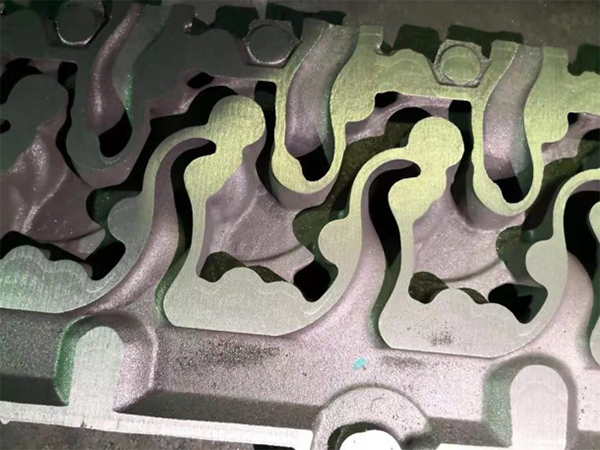The Future of 3D Printing with Sand Revolutionizing Manufacturing and Construction
In recent years, 3D printing has transcended its traditional boundaries, branching into innovative materials that push the limits of manufacturing and construction. Among these materials, sand has emerged as a fascinating and versatile medium, promising to revolutionize various industries. This article explores the benefits, processes, and implications of 3D printing with sand, highlighting its potential impact on future constructions and manufacturing.
Understanding 3D Printing with Sand
3D printing with sand primarily involves the use of a binder jetting process, where layers of sand are deposited and selectively bonded using a liquid adhesive. This method allows for the creation of complex geometries that would be difficult, if not impossible, to achieve using conventional techniques. The sand used in this printing process is typically silica-based, widely available, and environmentally friendly compared to many synthetic materials.
One of the most notable advantages of using sand in 3D printing is its ability to create molds for metal casting. By printing molds directly from a digital file, manufacturers can significantly reduce the time and cost involved in creating traditional molds, which often require extensive manual labor and materials. This method not only accelerates production times but also enhances the precision and design flexibility of the parts being manufactured.
Applications in Construction
The construction industry is one of the most promising fields for 3D printing with sand. Recent advancements have led to the creation of structures using sand-based printing techniques, enabling the development of complex architectural designs while minimizing waste. Additionally, several projects have showcased the ability to print entire buildings or components on-site, utilizing local sand sources. This not only reduces transportation costs but also lessens the environmental impact associated with traditional construction methods.
For example, researchers and architects have experimented with 3D printing houses using a mixture of sand and other materials, resulting in sustainable structures that blend seamlessly into the natural landscape. These printed homes can be designed to meet specific environmental conditions, optimizing energy efficiency and reducing resource consumption.
3d printer sand

Environmental Implications
The environmental benefits of 3D printing with sand are significant. Traditional construction methods often rely on concrete and steel, both of which have substantial carbon footprints. In contrast, using locally sourced sand helps minimize transportation emissions, while the overall reduction in material waste is a crucial step toward a more sustainable industry.
Moreover, as the demand for eco-friendly construction solutions continues to rise, 3D printing with sand offers an attractive alternative. The potential for recycling and reusing sand materials in the printing process emphasizes a circular economy approach that many industries are striving to adopt.
Challenges and Future Prospects
Despite its advantages, 3D printing with sand is not without challenges. The technology is still in its infancy, and there are limitations concerning the size and scalability of the printed structures. Additionally, ensuring the consistency and quality of the printed sand materials requires ongoing research and development.
However, the future of this technology looks promising. As researchers explore new binder materials and improve printing techniques, the potential applications for 3D printing with sand will continue to expand. Innovations in this field could lead to the development of resilient, cost-effective structures capable of withstanding harsh environmental conditions, making them ideal for disaster-prone regions.
Conclusion
3D printing with sand is an exciting frontier in the manufacturing and construction industries, presenting opportunities for innovation while promoting sustainability. As we continue to explore its capabilities and push the boundaries of conventional practices, sand-based 3D printing may well become a cornerstone of future construction methods. As this technology evolves, it holds the potential to not only revolutionize how we build but also how we think about the materials we use and the environmental impact of our choices. The transition to a more sustainable future may well start with the humble grain of sand.
Post time:снеж . 24, 2024 15:31
Next:wet sanding 3d prints
